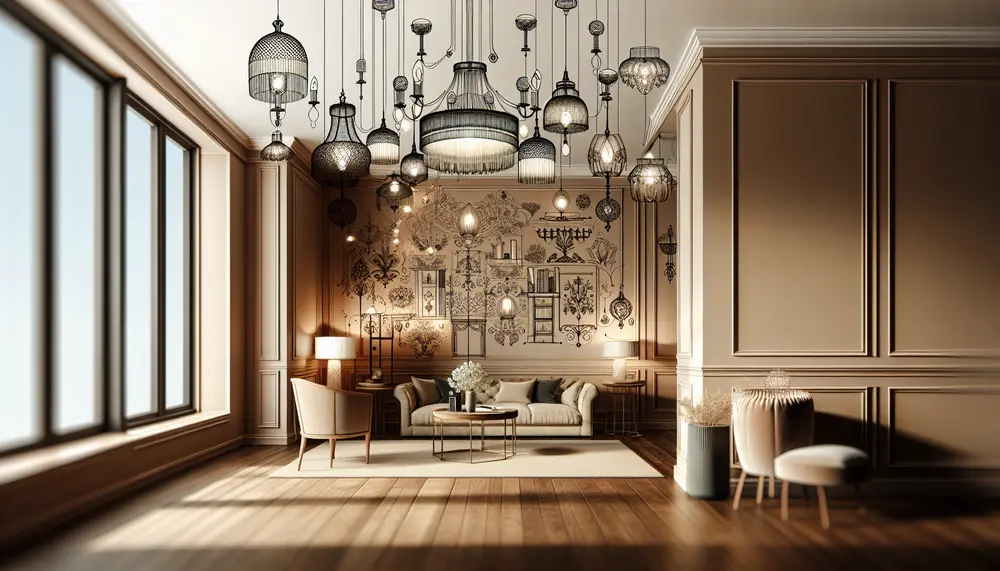Chest
Chest
Was ist ein Chest?
Ein Chest ist ein funktionales und dekoratives Möbelstück mit langer Geschichte. Es dient zur Aufbewahrung einer Vielzahl von Gegenständen - von Kleidung und Bettwäsche bis hin zu Büchern und Schmuck. Im Kontext von Luxus- und Inneneinrichtung veredelt das ‚Chest‘ jeden Raum mit seinem individuellen Design und seinem praktischen Nutzen.
Geschichte des Chest
Die Verwendung des Chest reicht bis in die antiken Zeiten zurück. Typischerweise handgefertigt, spielten sie eine symbolische Rolle in den Kulturen, die sie schufen. Im Laufe der Zeit haben sich Form, Material und Techniken je nach Kultur und Zeitperiode geändert. Heute sind ‚Chests‘ begehrte Sammlerstücke und eine geschätzte Ergänzung zu Luxus-Innenräumen.
Chest in der Luxus- und Inneneinrichtung
Eine Vielzahl von Chest-Designs steht heute zur Verfügung, von denen viele aus feinsten Materialien wie Mahagoni, Palisander oder sogar exotischen Harthölzern gefertigt sind. Einzelne Möbelstücke können zusätzlich durch Holz- oder Elfenbeinintarsien, Malereien oder vergoldete Details verziert sein.
Ein wertvolles Chest kann die Atmosphäre eines Raums prägen und einen Hauch von Eleganz und Pracht verleihen. Es kann sowohl ein stilvolles Highlight sein, als auch praktischen Stauraum bieten. Es kann im Schlafzimmer, Wohnzimmer oder Eingangsbereich platziert werden und wird oft als zentrales Möbelstück arrangiert.
Fazit
Ein Chest ist mehr als nur ein Aufbewahrungsmöbel. In der Welt des Luxus und der Inneneinrichtung ist es ein Ausdruck von feinem Geschmack und Liebe zum Detail. Ein gut ausgewähltes ‚Chest‘ hat die Fähigkeit, die Ästhetik eines Raumes zu transformieren und Eleganz und Klasse zu verleihen.
Blog Posts with the term: Chest
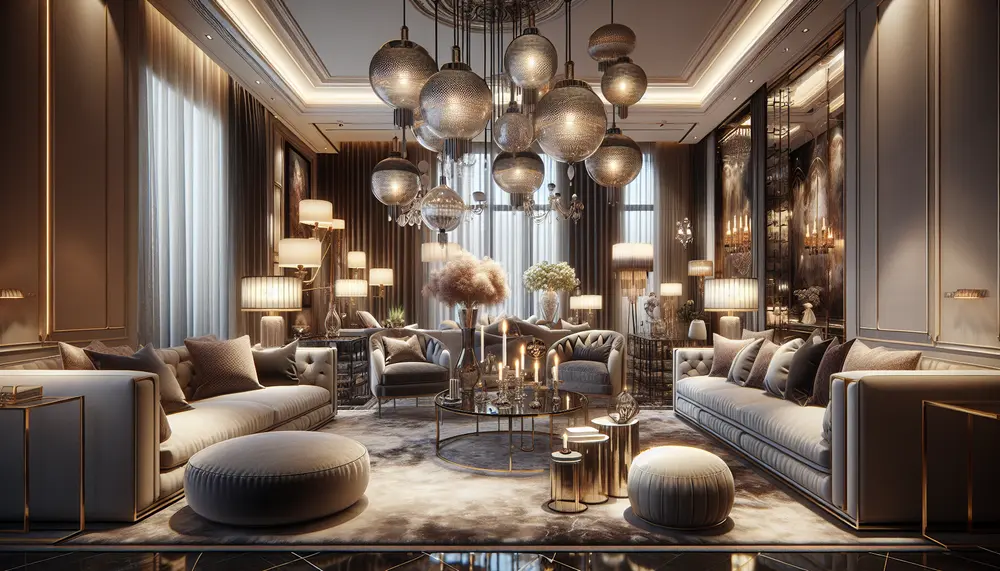
A lighting designer's core duties encompass creating and implementing lighting schemes that enhance both the aesthetics and functionality of various spaces, involving stages from client consultation to overseeing installation. They must possess a mix of artistic sensibility, technical proficiency, problem-solving...
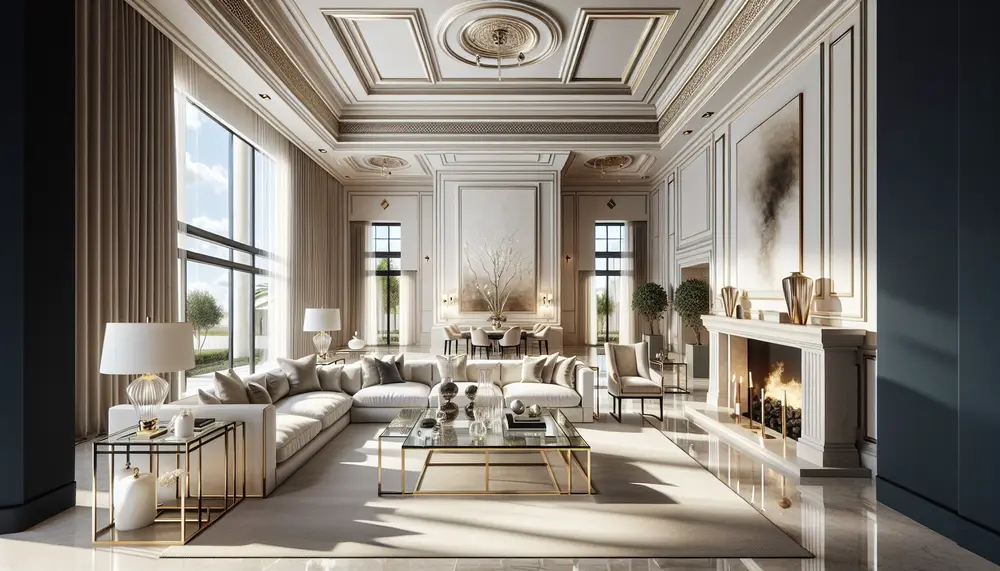
Luxury villa interior design emphasizes sophistication, personalization, and high-quality materials to create unique, opulent living spaces. Modern luxury villas combine minimalism, open-plan layouts, technological integration, bold geometry, artistic expression, and natural elements for a timeless yet contemporary ambiance....
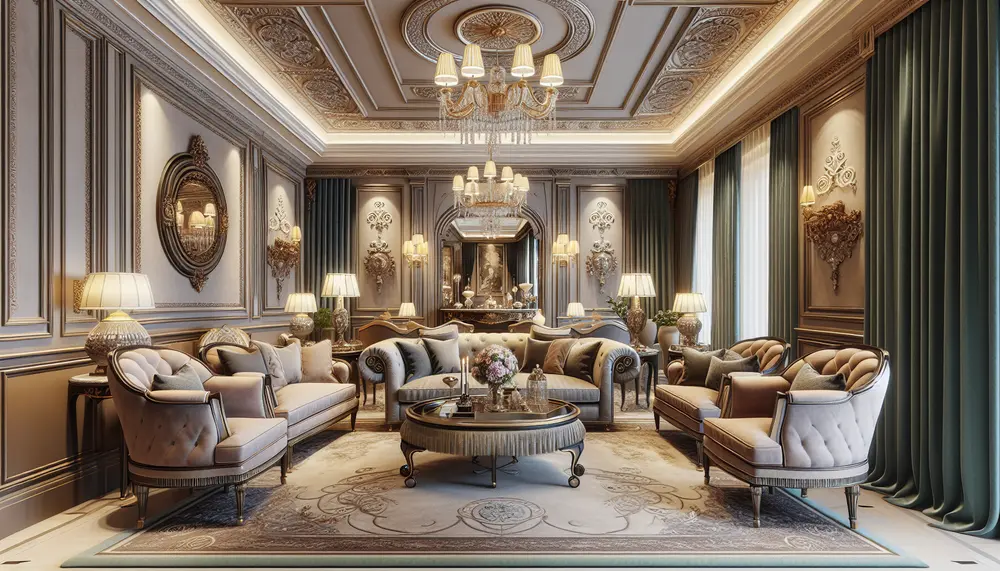
Interior design YouTube channels offer a wealth of resources for decor enthusiasts and professionals, providing tips, trends, and tutorials in an engaging visual format. These channels cater to various tastes and skill levels, with community interaction enhancing the learning experience....
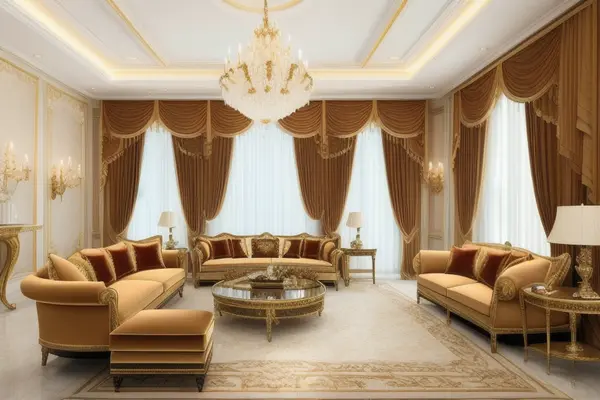
Interior design is about creating a functional, comfortable environment that reflects personal style. Key aspects include understanding the purpose of each room, choosing an aesthetic that aligns with personal taste and home architecture, space planning for functionality and comfort, selecting...
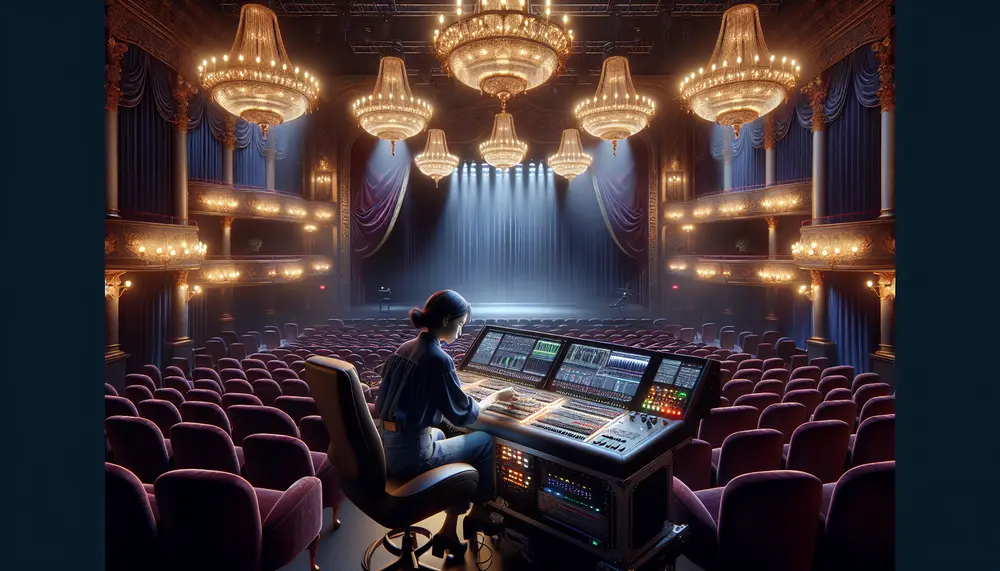
A lighting designer in theatre is crucial for enhancing the visual and emotional impact of a production by designing lights that complement the storytelling, mood, and director's vision. They collaborate with other designers and technical teams to ensure cohesive visuals,...
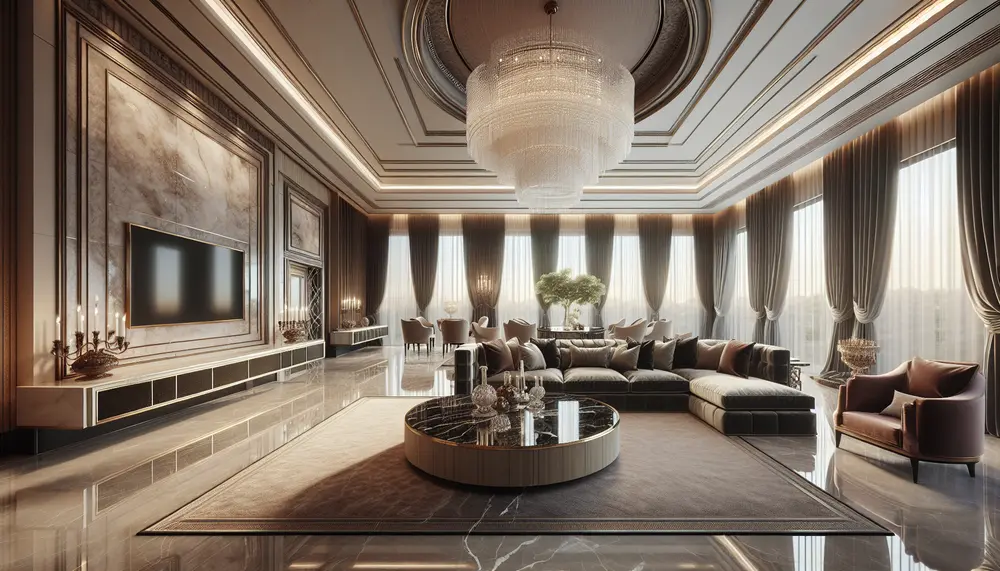
Luxury interior design transcends aesthetics, focusing on exceptional quality and personalized experiences to create spaces that reflect a client's taste, aspirations, and status. It involves expert craftsmanship with rare materials, personalization for uniqueness, meticulous attention to detail for elegance, sustainability...

The article explores top luxury interior design YouTube channels like DIY with KB, Architectural Digest, and influencers such as Kelly Wearstler and Nate Berkus, highlighting their unique styles and the platform's role in providing diverse inspiration for both seasoned designers...
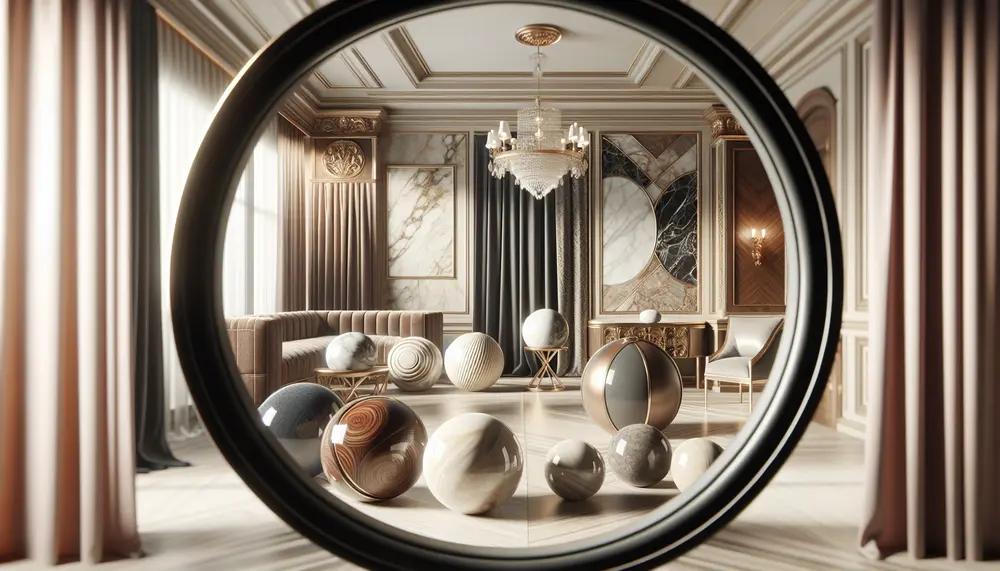
High-end materials in interior design offer sophistication, timelessness, and transform spaces into luxurious environments. These materials range from natural stones like granite to exotic woods and precious metals, each adding unique texture, depth, and elegance to interiors....
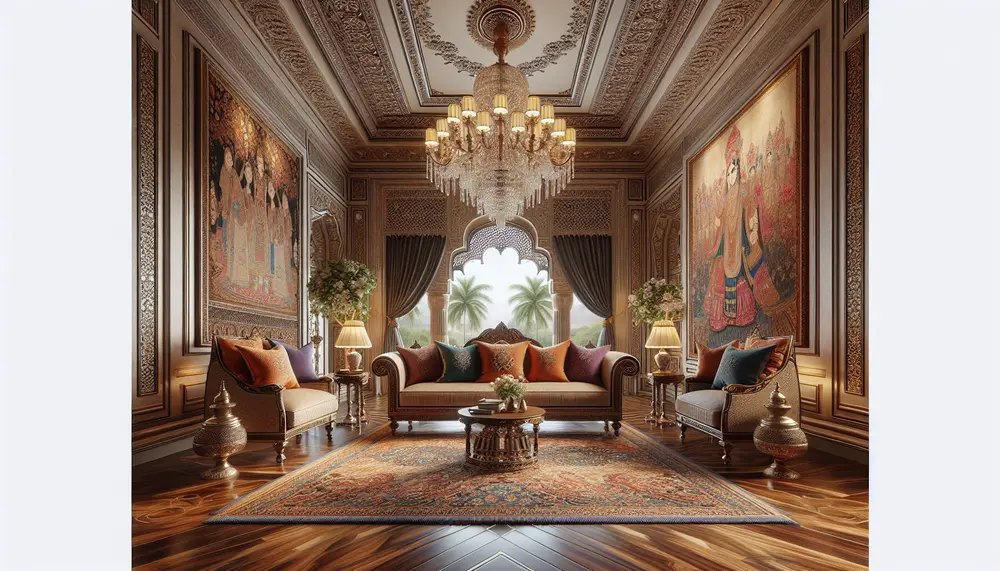
Luxury interior design in India combines traditional opulence with modern aesthetics, creating spaces that reflect the country's royal heritage and contemporary comfort. This approach involves integrating historical motifs, artisanal techniques, and high-quality materials to craft interiors that are both luxurious...
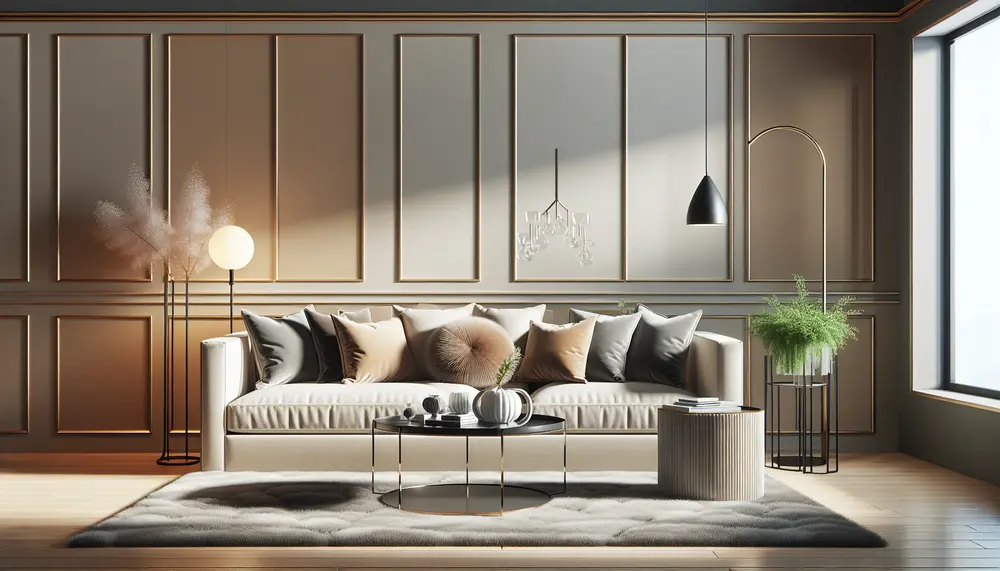
Luxury home decor on a budget is about creating an upscale ambiance through smart design choices and creativity, focusing on sophisticated elements that don't break the bank. Affordable luxury can be achieved by finding deals, using strategic statement pieces, incorporating...
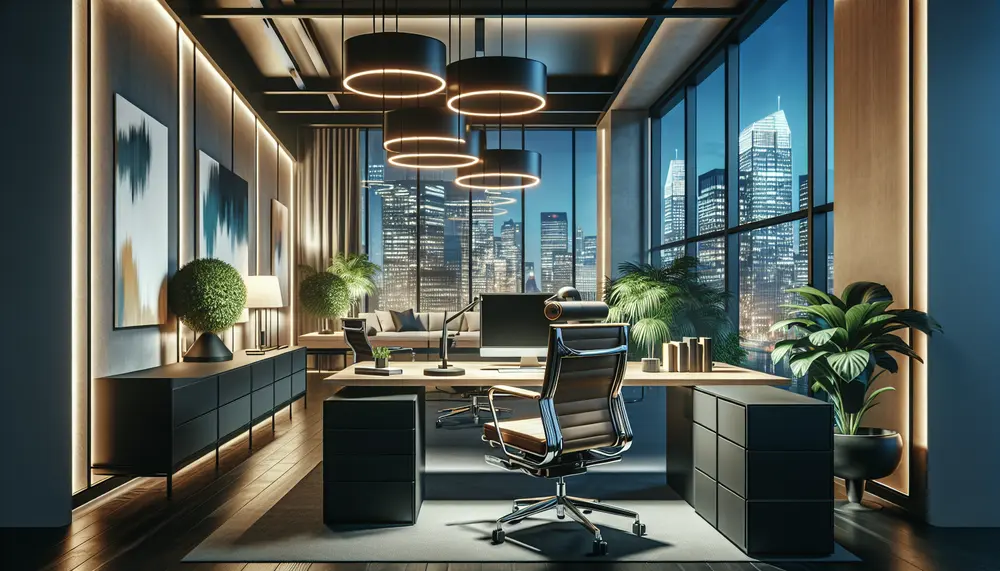
Luxury interior design for offices combines high-quality materials and thoughtful layout to create a prestigious, professional atmosphere that enhances both aesthetics and functionality. It involves bespoke furniture, striking entrances, attention to detail with quality craftsmanship, curated artwork, premium materials, signature...
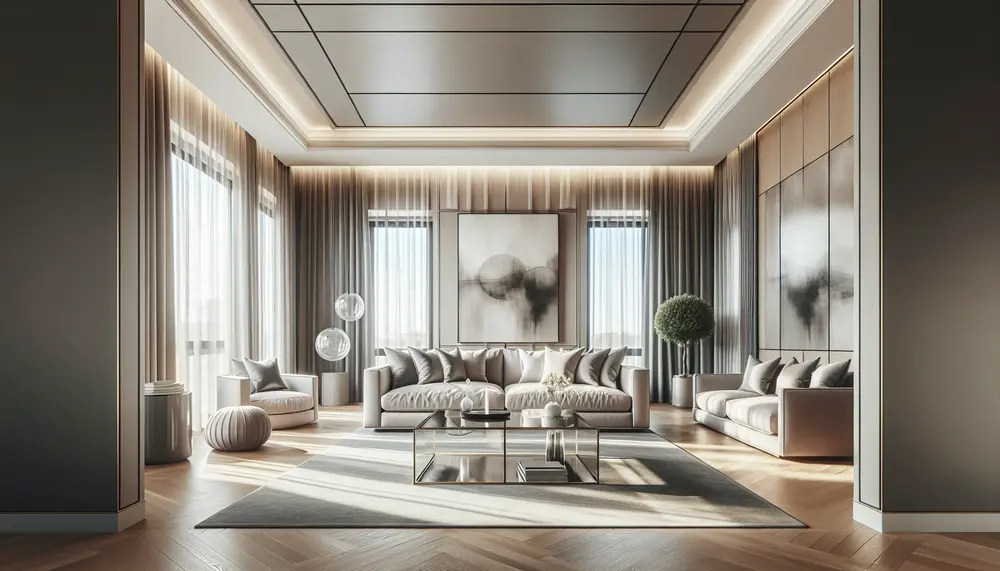
Interior design is an art that orchestrates space to improve life quality and culture, involving architecture, furniture design, color theory, and spatial arrangements. It aims for comfort, functionality, sustainability, personalization while impacting aesthetics and daily experiences in living and working...
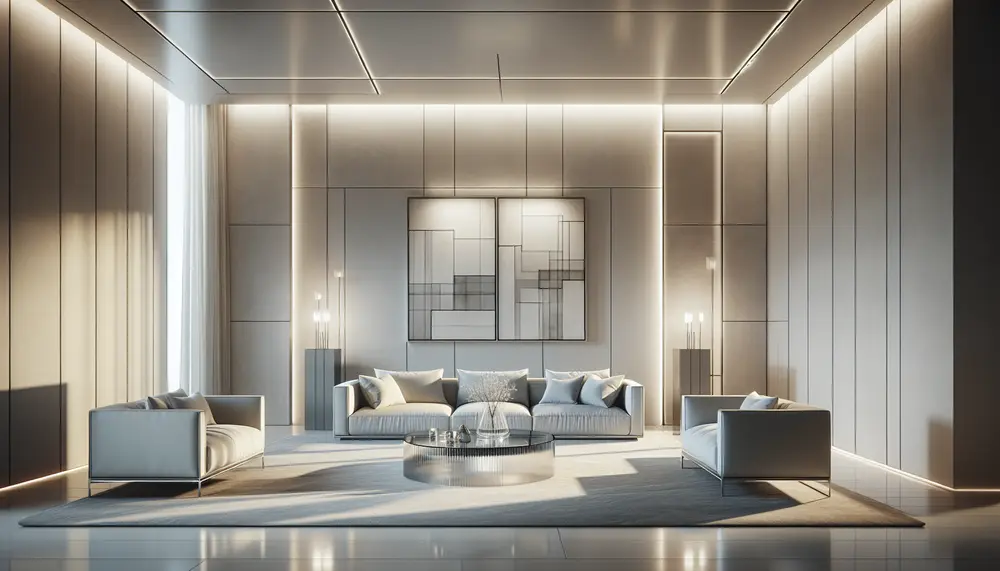
Luxury interior design transcends simple opulence, focusing on quality, comfort, and personalized aesthetics with attention to craftsmanship and bespoke details. It incorporates high-end materials into various styles while ensuring functionality and form harmoniously blend in a sophisticated environment tailored to...
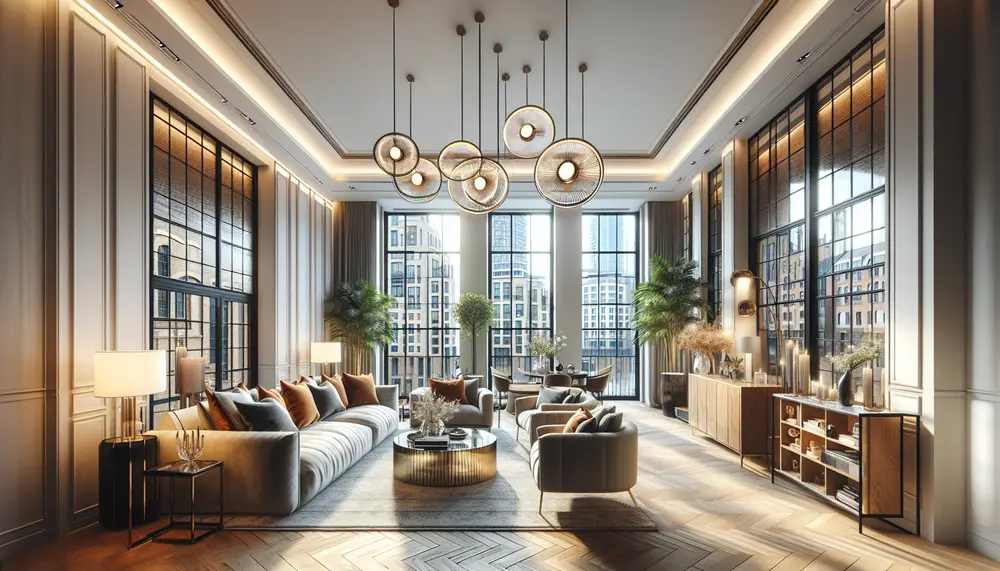
Designer lighting in Manchester combines style and functionality, enhancing ambiance, highlighting design elements, improving functionality, boosting well-being, and increasing property value. The article explores various types of designer lighting such as chandeliers, pendant lights, wall sconces, floor lamps, table lamps,...

